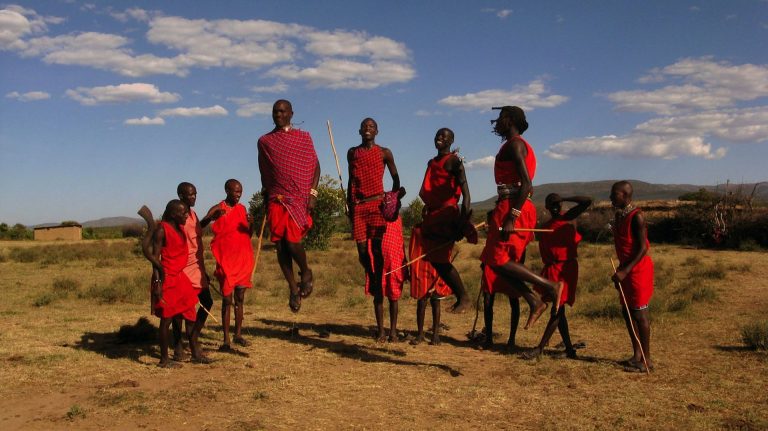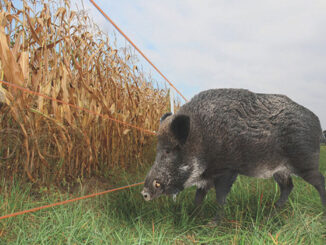
Topics covered
They are hidden in the deepest and darkest corners of the Earth, from the forests of Papua New Guinea to the vast and remote plains of Africa and the steppes of Siberia. They are uncontacted peoples – small tribes with particular traditions and customs.
Although they wear traditional clothing or use ancient hunting methods only on special occasions, there is no doubt that these people live according to their old way of life much more than the average of the whole human race. Let’s discover some of these incredible indigenous tribes and what makes them unique.
Huli – Tari Highlands, Papua New Guinea
The incredible men’s hats (“wigmen”) of these uncontacted peoples, consisting of about 140,000 units, are actually made with their own hair. The natives color them and paint their faces yellow to intimidate rival tribes, in addition to wearing a leaf apron and a belt of braids. Traditionally, they perform a particular dance imitating the Bird of Paradise, an animal so important to the Papuans that it is even present in the national flag.
Successfully mixing modern and traditional life, many natives now wear Western clothes and have opened up to foreign tourists. In other words, they found a way to keep their tradition alive.
Dogon – Mali, West Africa
Using ropes made from baobab bark, the men of the Dogon tribe climb the famous Bandiagara Cliff – a UNESCO World Heritage Site since 1989 – to collect pigeon or bat guano that is used and sold as fertilizer, or to find artifacts from the ancient civilization of the Tellem that are sold to collectors. There are 400,000 indigenous people in total scattered in about 700 small villages perched along the 200 kilometers of rock formation.
The tribe has thrived on tourists’ dollars, but recent unrest has reduced the number of visitors. Poor crop yields are also making life much more difficult.
Nenet – Yamal Peninsula, Siberia
This group of about 10,000 nomads is pretty tough. It constantly migrates with 300,000 reindeer to an area of 1,100 square kilometres – practically an area almost twice the size of France, with temperatures dropping to 50 degrees below zero. The men of this tribe, anointed with the blood of newly slaughtered reindeer, travel on sleds in “caravans” that extend up to eight kilometers in length. Since the discovery of oil and gas reserves in the 1970s, they have opened up to contact with the outside world.
In contrast to the downward trend of nomadic tribes, the Nenets are adapting to the social, political and natural change that surrounds them.








